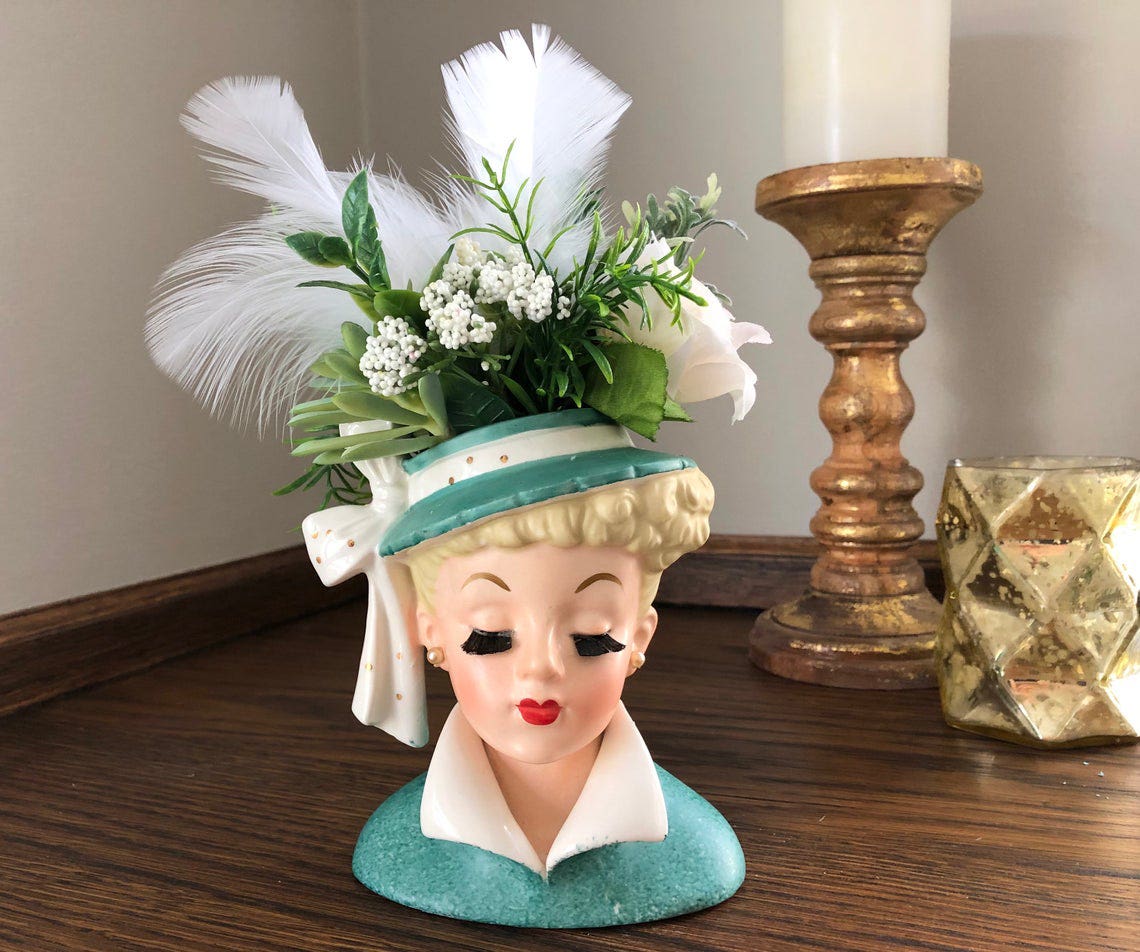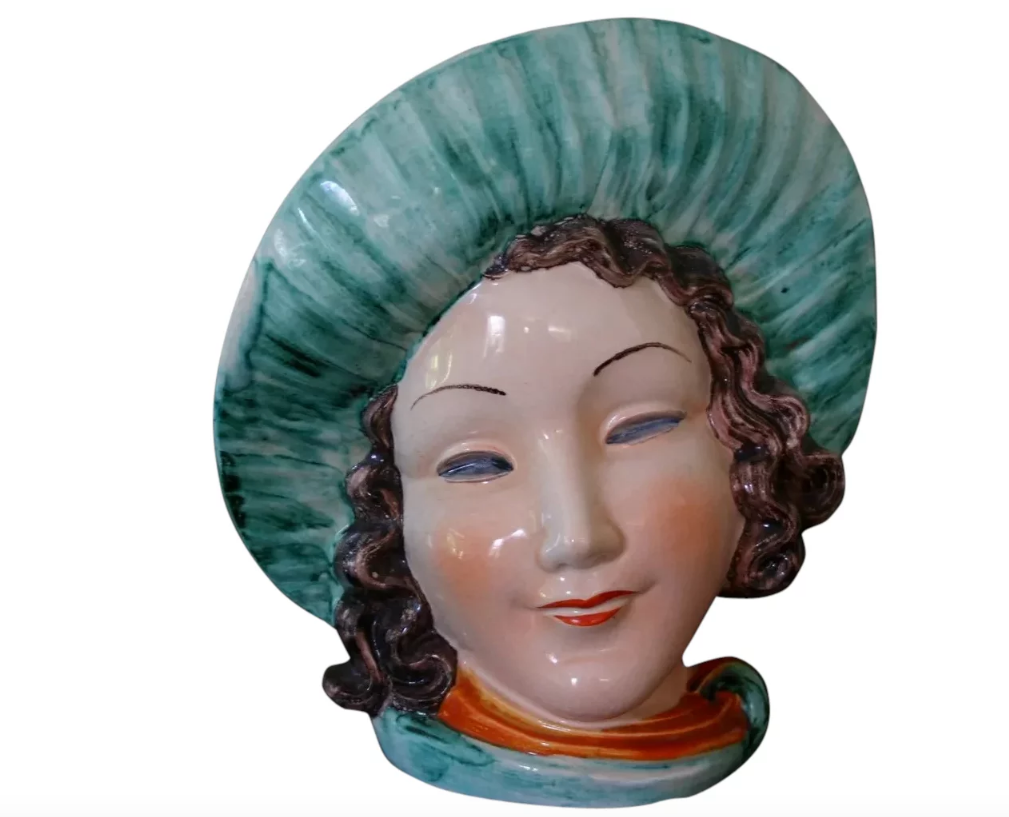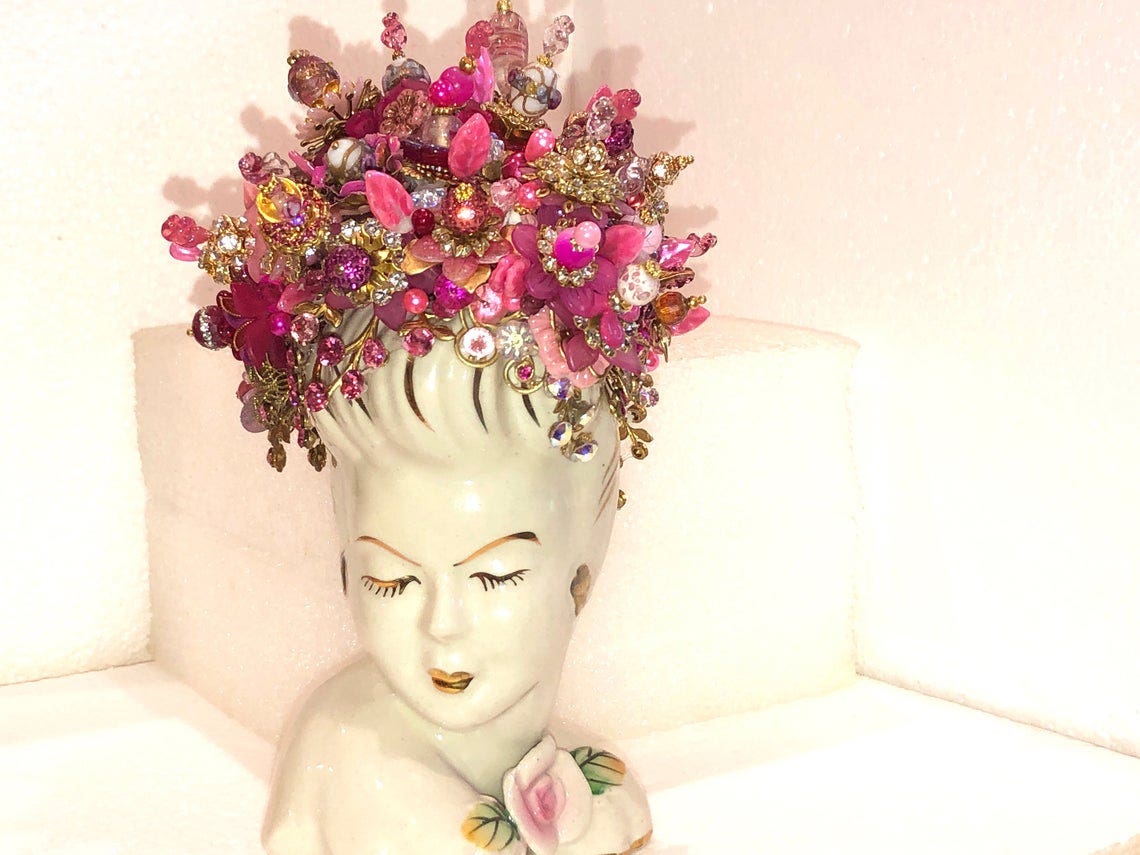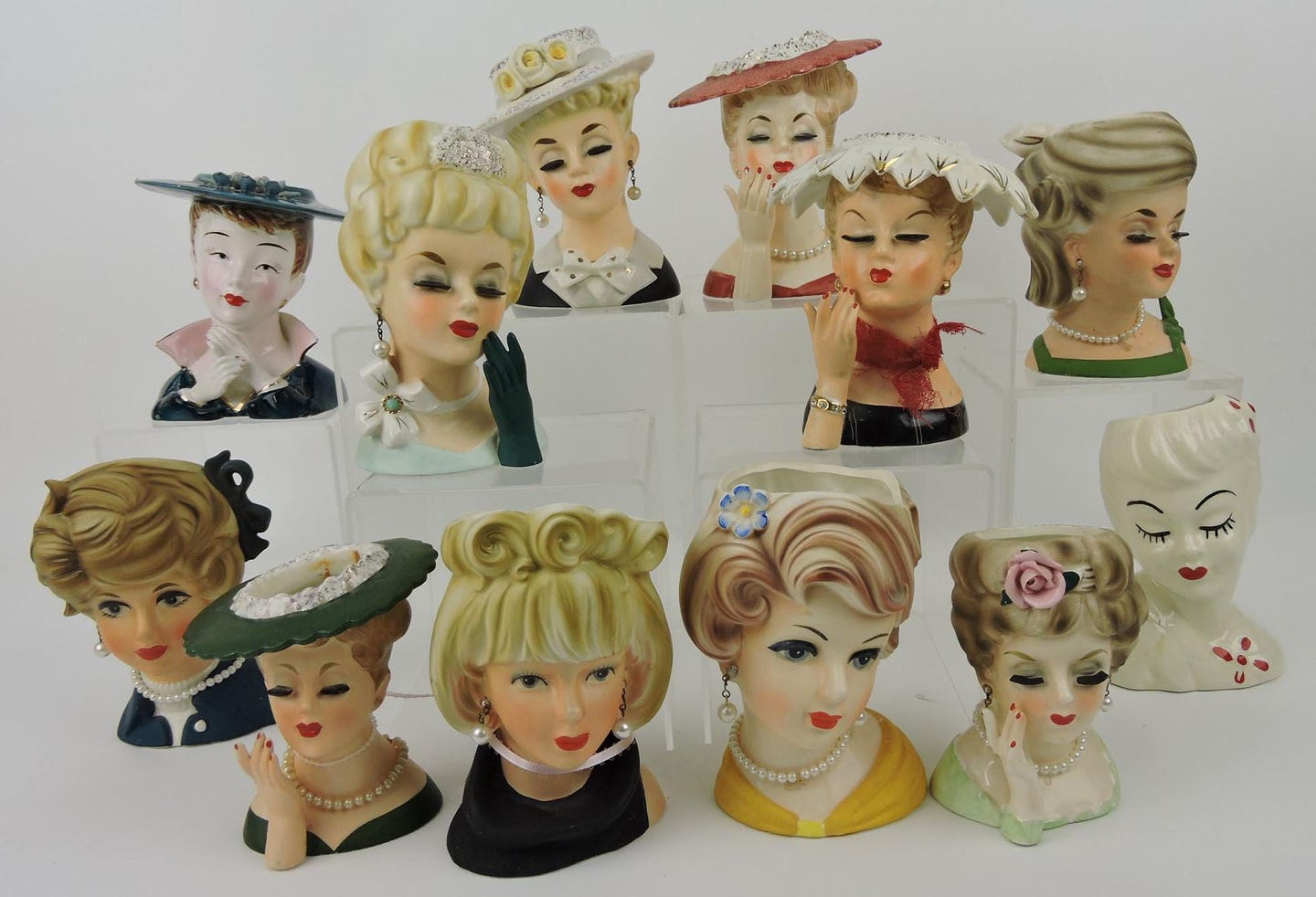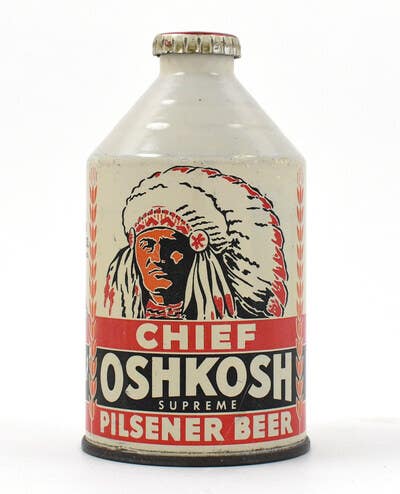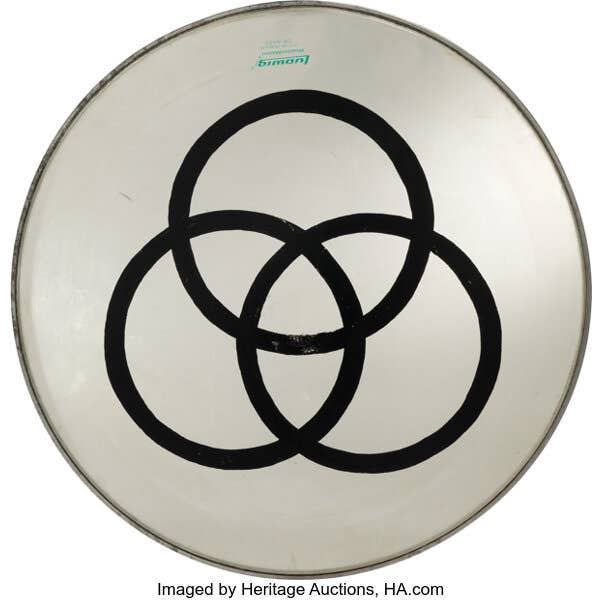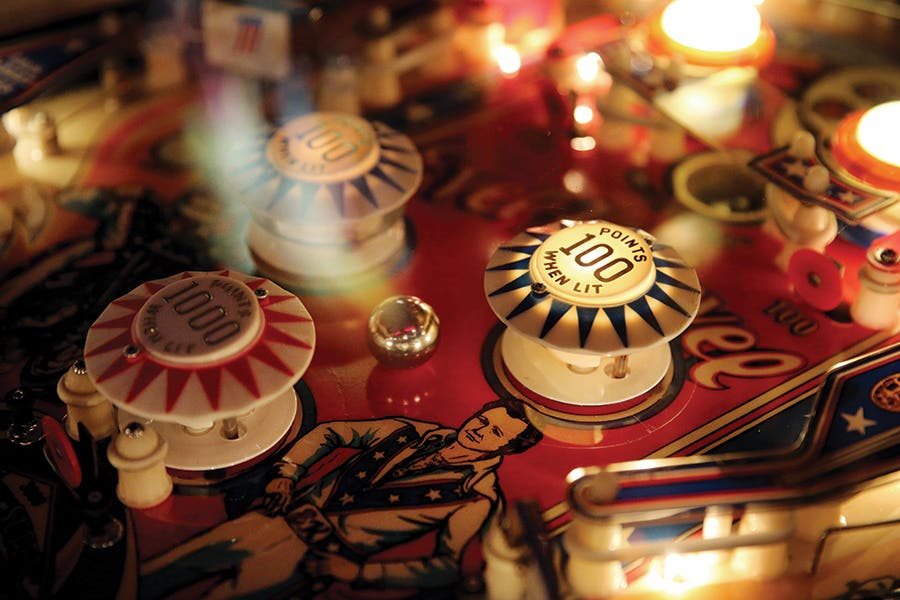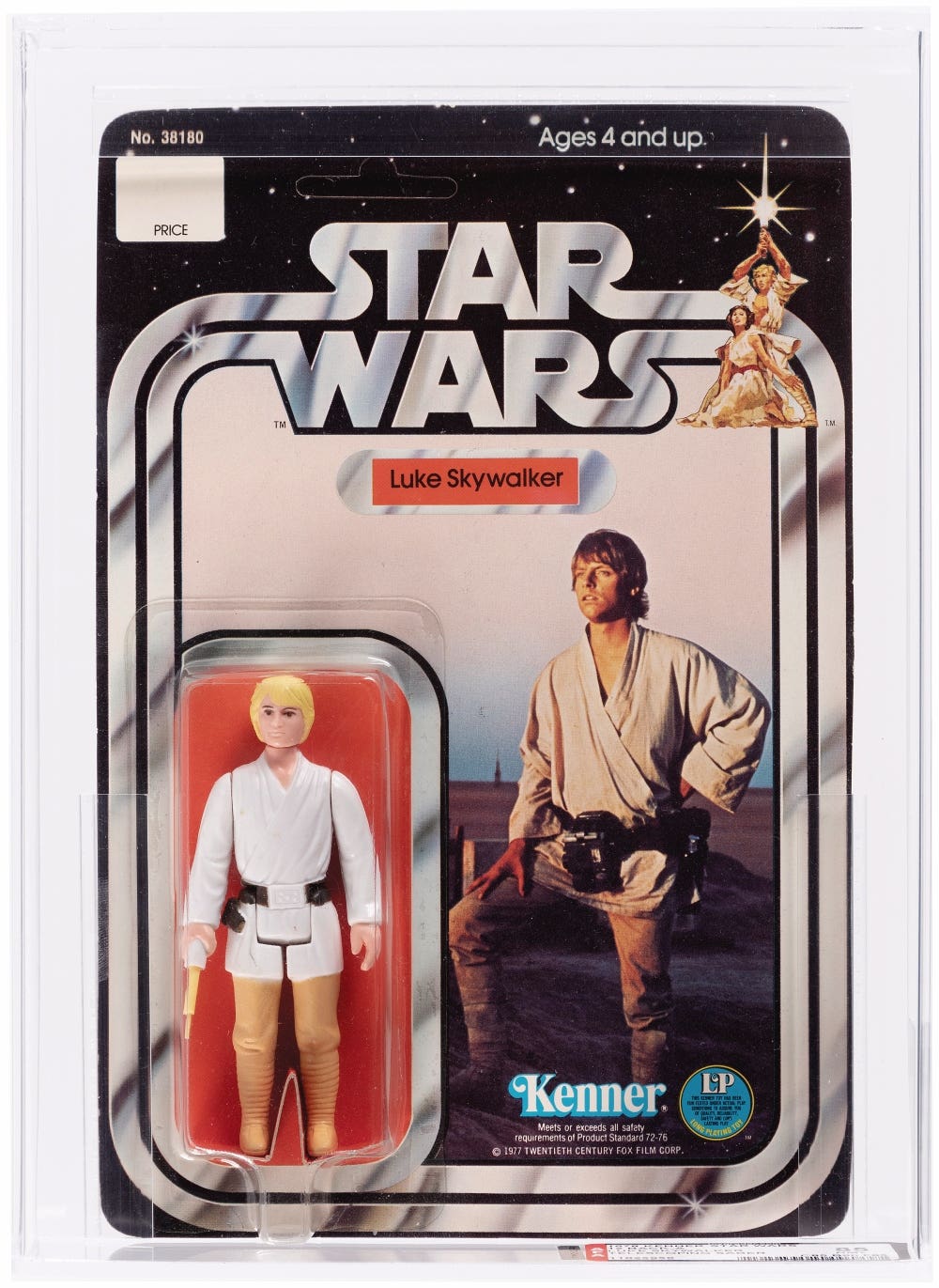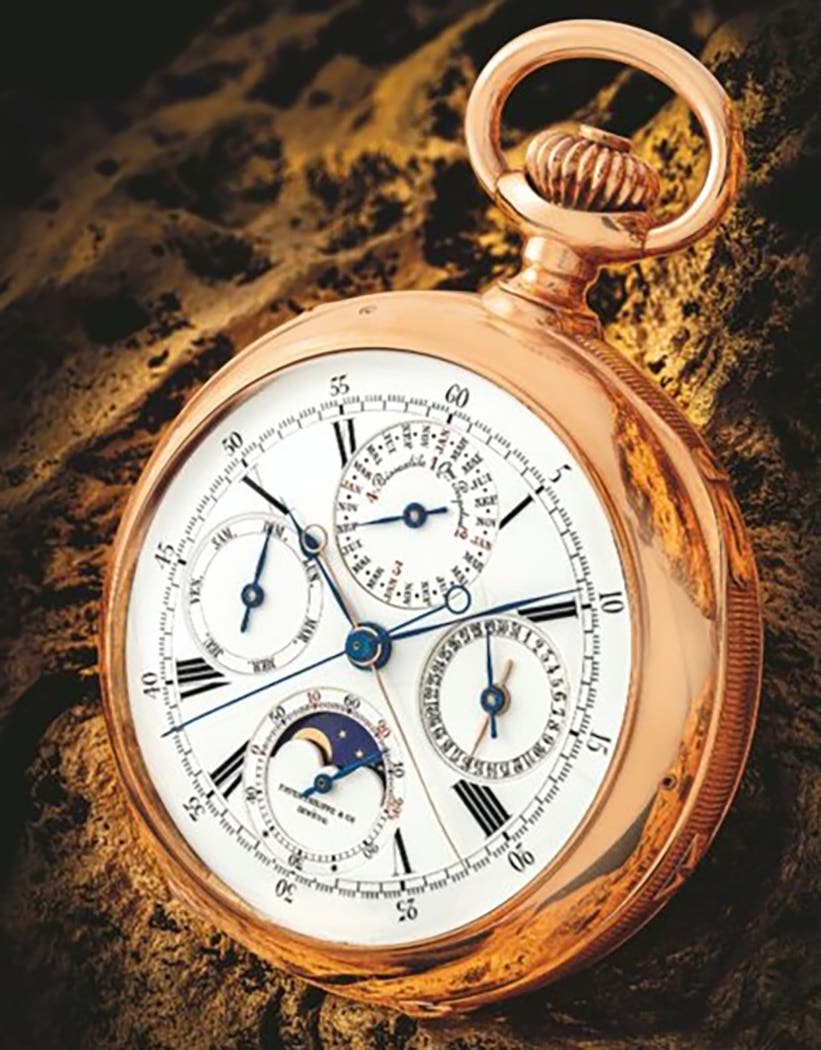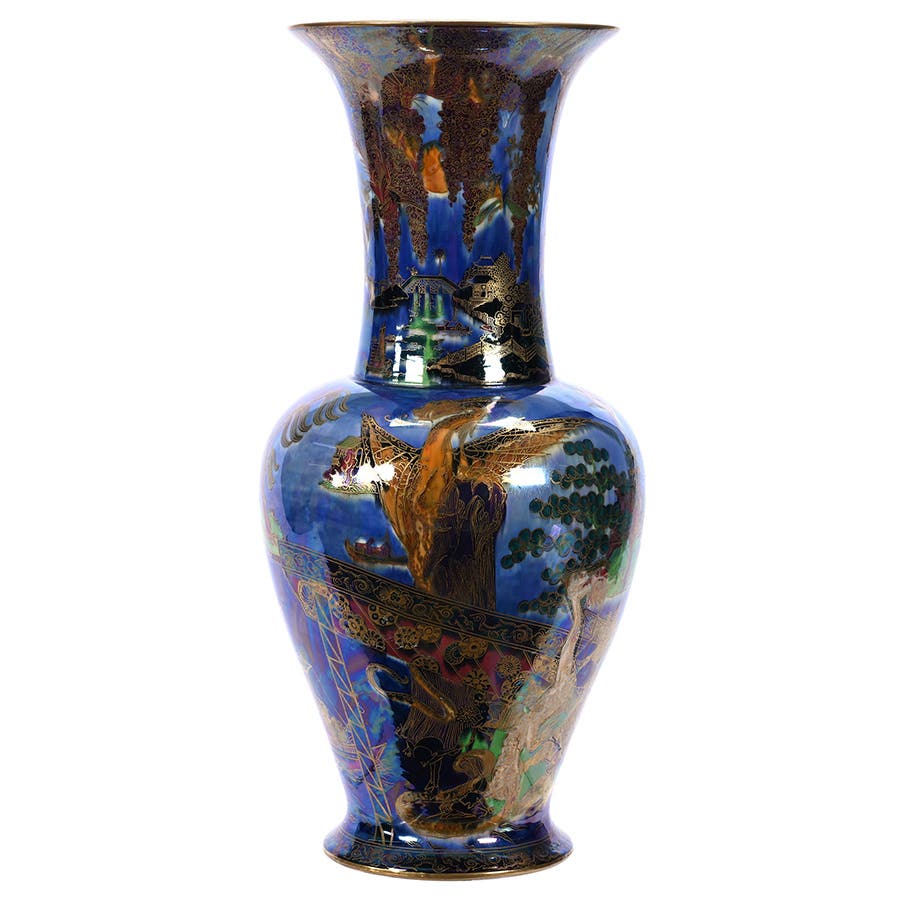Lady Head Vases: 10 Things You Didn’t Know
Ceramic beauties with impeccable style, lady head vases are a charming and popular mid-century collectible. This is what you should know about them before you collect.
Figural vases in the form of a head or bust of a woman got their start in Europe in the 1800s. The earliest examples of the lady head vases Americans are most familiar with are from the 1930s, and thousands of different kinds were made until the 1970s when the craze waned, and decreasing demand caused most companies to stop producing the pieces.
These ladies exude glamour with their perfectly coiffed hairdos, big lush eyelashes and ruby lips, elegant fashions, and sometimes adorned with pearls or other jewelry, a stylish hat or gloves - or sometimes all three accessories. Read on to find out 10 things you should know about these distinctive vases adored by “head hunters.”
1. Their Roots
Head vases were originally produced by florist companies as a marketing ploy to sell more of their small bouquets using these knickknacks, which is how they ended up in so many homes, especially during the 1950s and ’60s. They could also be bought at five-and-dime stores such as Woolworth’s. Some collectors still fill them with flowers or other artful arrangements, use them to hold makeup brushes and other beauty supplies or even to hold pens.
2. Makers
Lady head vases were often manufactured in Japan after World War II by companies including Enesco, Inarco, Lefton, Napco, Reubens, and Relpo and imported to the U.S. American head vase manufacturers include Betty Lou Nichols, Royal Copley, Ceramic Arts Studio, Shawnee Pottery and Henry Holt. Some of these vases could be purchased in packs of six or twelve for a few dollars.
3. Makers’ Marks
Napco, Enesco, Nichols, and other makers included a mark on the bottoms of their pieces, while other companies included a paper label or foil sticker that, more often than not, has worn away. Not all head vases are marked, though, but that doesn’t affect collectibility. Sellers generally include a photo of the mark on the bottom of a piece.
4. Most Valued Ladies
Betty Lou Nichols is credited with fueling the head vase craze in the United States, and her iconic creations are much sought after by collectors. According to The Los Angeles Times, the talented California ceramicist and artist, who began making her creations in the 1940s with clay and a rolling pin on her parents’ kitchen table, opened her first ceramics studio in 1945. Her distinctive vases tend to be women in Gay ’90s-style, with big hats and big curls, perfect cheekbones and skin. They are painted in soft hues such as periwinkle, plum, and mint. The trademark Betty Lou look: to-die-for eyelashes lowered in perpetual coquetry. She produced thousands of heads, creating the basic shapes from a mold, as other makers did, but she was the only maker who added handmade details such as ruffles, lace, and bows made of clay.
5. Styles
There is a wide variety of styles of head vases for collectors to choose from: plain women, tribal women, and women in their Sunday best. Many of the most desirable have realistic facial features, with eyes open or closed, along with chic accessories like pearl necklaces with matching dangling earrings or other jewelry and stylish hats. Some also have a perfectly manicured hand that frames a side of their face or a gloved hand. There is also a variety of hairdos, including curls, updos, long hair, bouffants, and short, sassy styles, sometimes adorned with ceramic flowers or ribbons. Necklines also vary. Head vases can be collected by particular manufacturers, specific sizes, or themes, such as brunettes, those wearing hats, or those with hands. Vases with teen-age faces, introduced in the 1960s, are not as common as adult versions.
6. Not Just Ladies
It’s been estimated that there are at least 10,000 different varieties of head vases that were made. Besides fashionable ladies, head vases have been made to look like clowns, children, nurses, brides, babies, animals, and characters like Uncle Sam. Vases were not just busts; there were ashtrays, lipstick holders, headlamps, and more. Celebrity head vases were also created in the likeness of Marilyn Monroe, Lucille Ball, Jackie Kennedy Onassis, Grace Kelly, Carmen Miranda, and more. They were also made in likenesses of males, such as Elvis Presley, but were much less common. These celebrity heads can be some of the most valuable and sought after by collectors. According to a Kovels’ Komments newsletter, a 1964 Jacqueline Kennedy head vase by Inarco sold for as high as $985.
7. Sizes
While head vases range in size from two to fourteen inches, most are seven inches or less and vary according to manufacturer and model. Taller vases are more valuable because they are rarer to find.
8. Be Cautious of Reproductions
Reproduction head vases are in the market and widely sold in gift shops around the country. Most of the recent pieces are easy to recognize in comparison to older ceramics, but take precautions when buying, especially if you are an inexperienced collector and also if you are buying online. Try to buy only from reputable antique dealers and other trusted collectors.
9. Resources
There are several good collectors’ guides available that list the vases by number, manufacturer, and approximate value. Kathleen Cole’s Head Vases: Identification and Values (2002), with a second edition (2006), and The Encyclopedia of Head Vases (2003) each has 200 color photographs of head vases. David Barron’s Collecting Head Vases (2003) and a second edition with updated prices (2006) have more than 1,500 color photos, including some of Maddy Gordon’s collection of 3,000 vases. In 2002, Gordon and her head vases were featured in a segment of the HGTV television show, "Ultimate Collectors," and she also wrote a book herself on Betty Lou Nichols: Head Vases, Etc.: The Artistry of Betty Lou Nichols (2001), with 600 photos.
10. Values and Where to Find
These lovely ladies can be found between $10 to $1,000 and even more, depending on rarity. It’s easy to start collecting head vases or to add pieces to your existing collection since a lot can be found at many antique shops or online in the $10 to $50 range. Ruby Lane has a variety ranging from $17 to $2,600. You could also get lucky and find one for far less at a yard sale, flea market, or thrift store. Many collectors are willing to pay $50 or more for a head vase they don’t have yet, even if it’s not rare or a celebrity. Head vases, like all collectibles, fluctuate in value. Buy those that are in good shape, with little or no crazing, chips, or breaks, since the condition adds to the value. And also, as usual, when it comes to collectibles, buy what you like.
